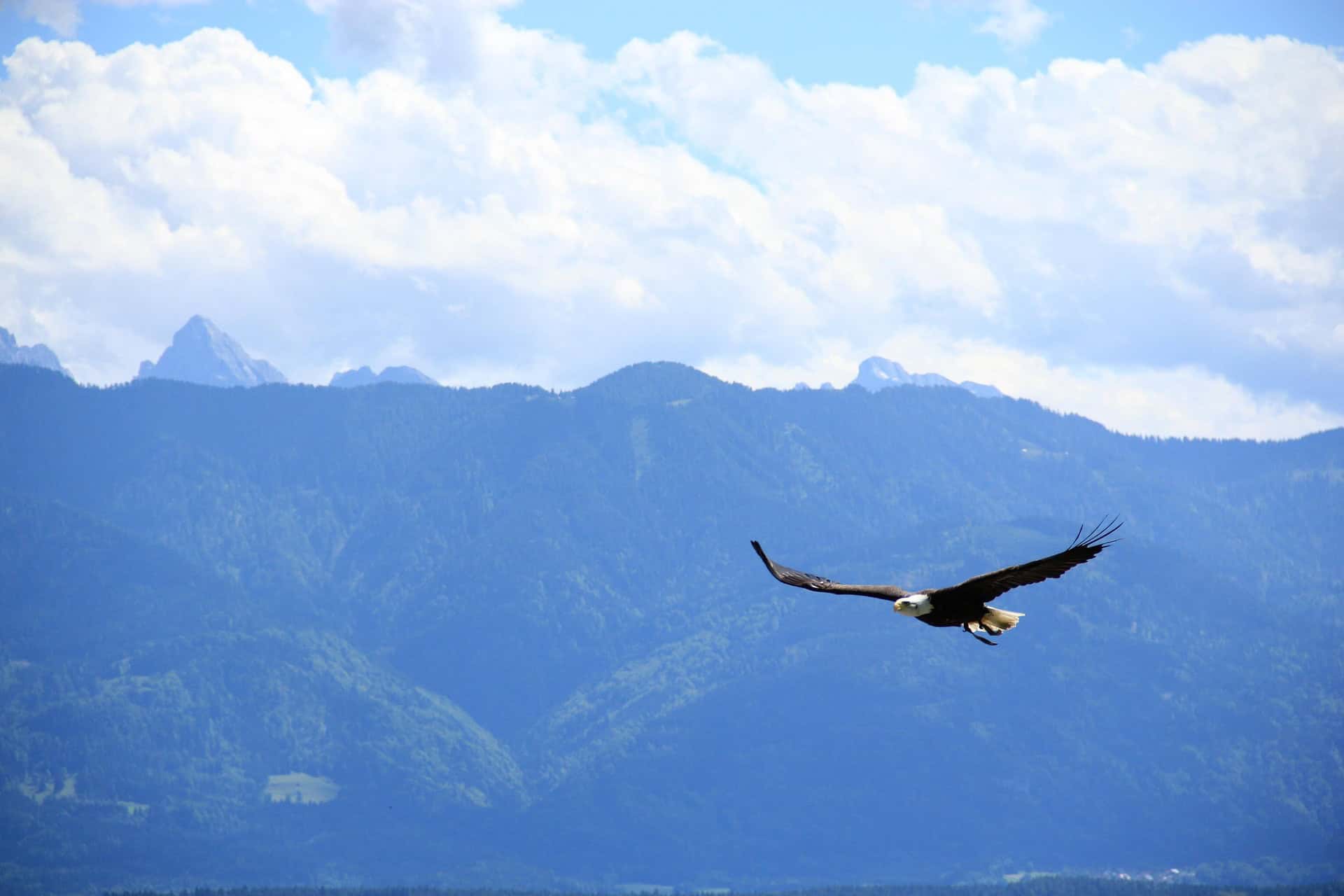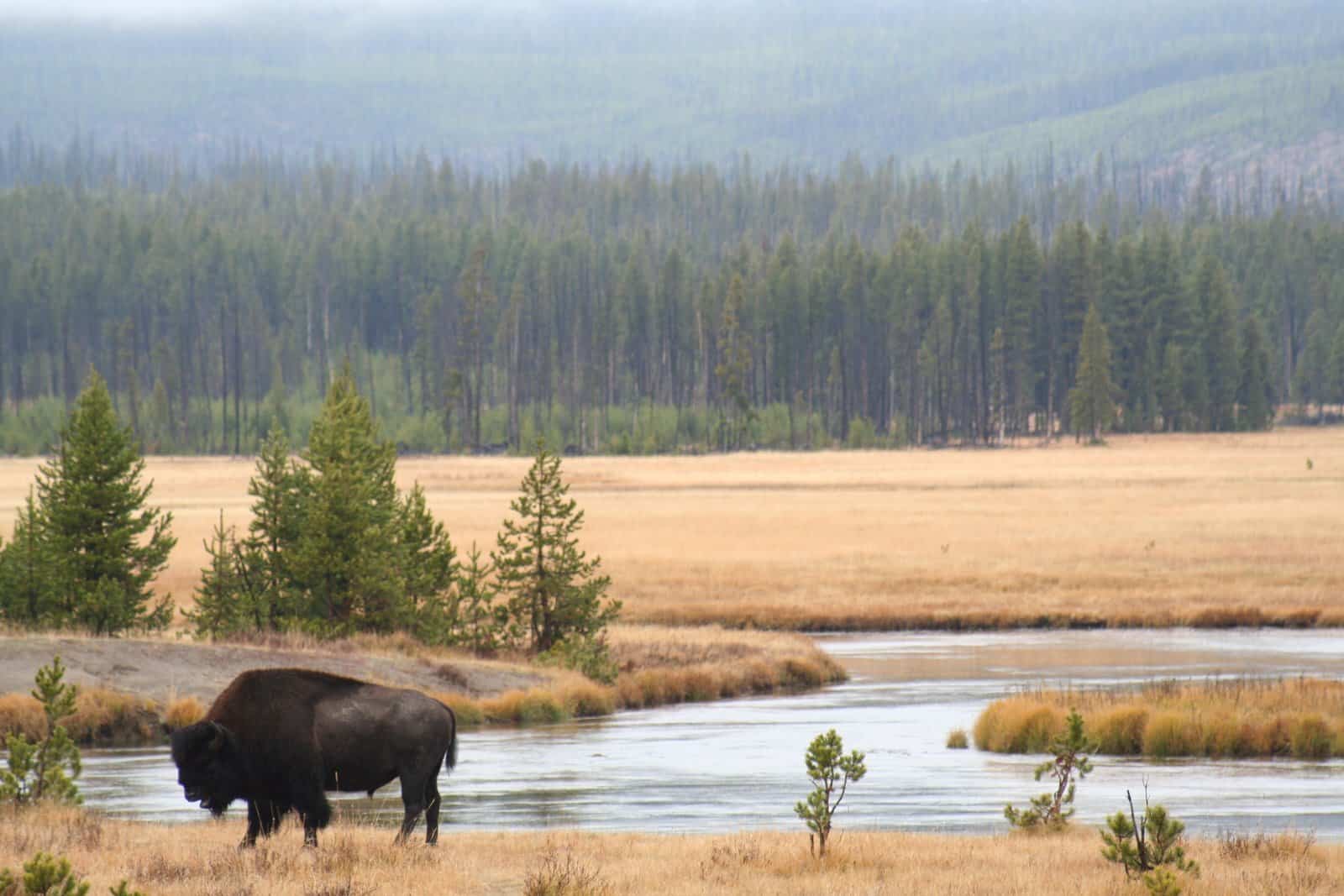Share this article
TWS member helps imperiled Indochinese leopards
It’s a hot summer day and Jan Kamler is about to set out on the rugged, hilly terrains of Malaysia where he will spend two weeks scouring the region for leopards. He stuffs his backpack with sardines, rice and several cameras.
The journey will be made entirely on foot. Motorbikes, as he’s used in the past in the savannas of Cambodia, won’t work in this type of setting. Kamler and his colleagues could also run short of supplies — “In Laos, we ran out of food and some of us were forced to eat rats and even bats,” Kamler said — or they might have to contend with blood-sucking leeches, disease-spreading mosquitos and hornets whose sting to Kamler “feels like an electrical shock.”
Still, these grueling experiences for Kamler, a longtime member of The Wildlife Society, are all part of a larger effort to understand and conserve the Indochinese leopard (Panthera pardus delacouri) — a rare and little-known subspecies of Southeast Asia.
Traveling the World, a Happy Side Effect
Long before Kamler could even talk, he was interested in animals and recalls collecting baby birds as a young child. He earned his bachelor’s degree at the University of Kansas in biology with an emphasis in ecology, followed by a master’s in wildlife biology from Kansas State University and a doctoral degree in wildlife science at Texas Tech University.
After receiving his Ph.D. in 2002, Kamler earned a Fulbright Scholarship to research wildlife in Poland. He studied the ecology of red deer (Cervus elaphus) and the impact of wolves on the species in Bialowieza National Park, an untouched forest in the eastern part of the country that provides habitat for its original carnivores and prey. Kamler found that the presence of wolves caused red deer to have larger home ranges and to move around more to avoid predation.
After receiving his postdoctoral degree in 2004, Kamler spent a little over a decade at the University of Oxford’s Wildlife Conservation Research Unit, or WildCRU. As part of his work, he traveled to South Africa to study canids such as the little-known Cape fox (Vulpes chama) and the black-backed jackal (Canis mesomelas). “Living in different cultures wasn’t my goal,” Kamler said. “It was a nice side effect of going around the world studying little known animals in different places.”
Kamler continued his travels to Asia. His first stop was Bhutan, where he spent a year studying predation of dholes (Cuon alpinus), or Asiatic wild dogs, on livestock. Later, he traveled to Laos and continued studying the canids, examining their diet and prey selection, which had never been studied before in Southeast Asia. “They’re an endangered carnivore and had only been studied in India,” he said. “I wanted to see if their ecology was different in Southeast Asia and what prey they needed and preferred.”
As part of the effort, Kamler planned to fit dholes in Cambodia with GPS collars to determine their spatial requirements in parks and how much land was needed to conserve the population. However, shortly after arriving, canine distemper hit the local village dogs, and later spilled over to affect the dhole population, which kept Kamler from carrying out his study.
All was not lost, however. While there in 2014, Kamler collaborated with colleague Susana Rostro-García from the University of Oxford to carry out their first camera trap study on Indochinese leopards. While the study focused on the species’ diet and prey selection, it revealed that the local leopard population had declined by 70 percent over the past five years. After reviewing the species’ distribution in Southeast Asia, the duo found the animals had disappeared from 95 percent of their range — a devastating decline that largely went unnoticed.
The Fate of the Leopards
Last year, Kamler began working with Panthera — an organization that focuses on the conservation of large cats — to continue his research on the leopards.
His most recent study, which appeared in the journal PeerJ, documented the species’ range collapse in Southeast Asia over the last decade or two. “We think it’s mostly from snaring and poaching for the illegal wildlife trade,” he said. “That’s what caused tigers to nearly go extinct in Southeast Asia,” he said. “What happened to tigers is also happening to leopards.”
Kamler plans to collaborate with the IUCN in hopes of adding the subspecies to the IUCN Red List of Threatened Species. In addition, he recommends local authorities sweep parks for snares as well as improve patrol efforts as a way to crack down on illegal activities. A two-pronged approach including monitoring and providing advice on law enforcement will help this declining population recover, he says. Panthera’s PoacherCam — the world’s first camera trap to instantly distinguish between people and wildlife — is also revolutionizing the fight against poaching. When the motion-triggered trap covertly captures human activity with its invisible infrared flash, the images and location are sent to law enforcement officials in real-time, helping them identify, capture and prosecute poachers.
Currently, Kamler is working on a camera trap project in Malaysia that’s part of Panthera’s long-term plan to monitor the last leopard populations across five countries in Southeast Asia. Over the years, these often-physically demanding projects have taken him through jungles rich with vipers and cobras as well as past unexploded bombs left over from the Vietnam War. “Everything is taking a piece of you out there,” he said. And although he’s yet to see these rare creatures in the wilds of Southeast Asia, ultimately, for Kamler, it’s all been worth it to help them try to escape extinction.
Header Image: An Indochinese leopard caught on camera in Cambodia. ©Panthera and WWF Cambodia









